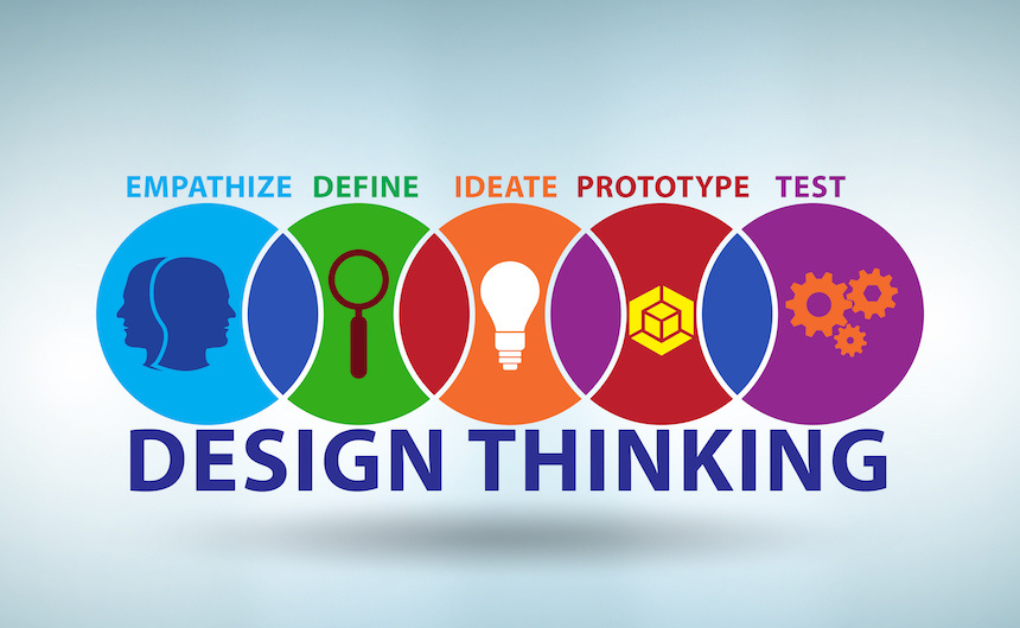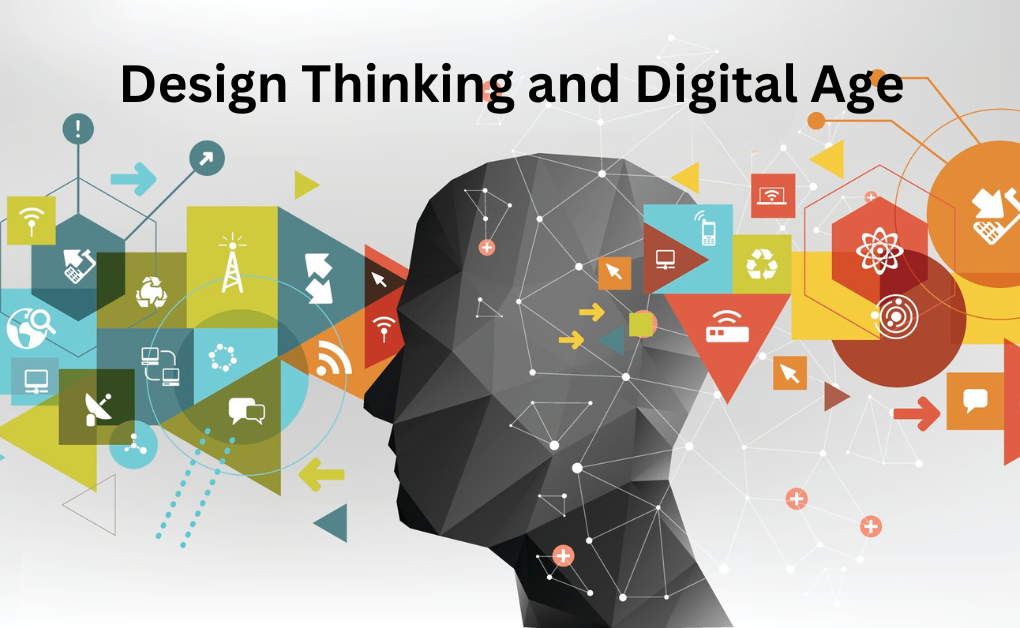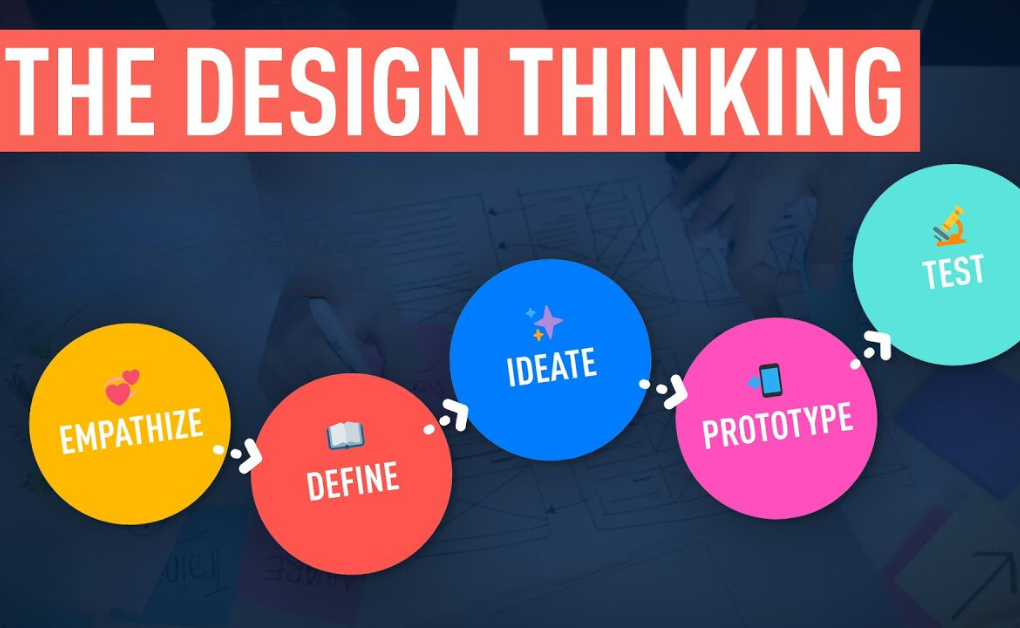Design Thinking in the Digital Age: Innovating with Purpose
Design thinking has emerged as an oasis of innovativeness that guides companies willing to compete amidst today’s ubiquitous technological transformations and expectations of global digitalization. In order to adapt to a rapidly changing technological environment, design thinking, an innovative way of solving problems based on empathy and creativity, has transformed itself. In this blog “Design Thinking in the Digital Age: “Innovating with Purpose”, we discuss what design thinking means, how it overlaps with the era of digital technology, as well as ways in which corporations can take advantage of this concept of innovation that transforms everything.
What is Design Thinking?

It’s tempting, these days, to dismiss design thinking as nothing more than a buzzword. In this framework of empathy, ideation and iterative prototyping, a solution is created for the user’s need and desire.
- Empathize: Understand the users and their needs.
- Define: Clearly articulate the problem to be solved.
- Ideate: Generate a wide range of creative ideas.
- Prototype: Build a tangible representation of your ideas.
- Test: Gather feedback, refine, and repeat.
The Digital Age: A Paradigm Shift

In the current times, with the digital age spreading out involving wide adoption of new digital technologies, business operations have changed enormously. The digital era has brought about a new dawn of innovation and disruption from AI- driven algorithms to IoT connected devise, Big data analysis to virtual Reality experiences. As businesses embrace digital transformation to stay competitive and relevant, they find themselves navigating a rapidly evolving landscape.
In this digital landscape, customers’ expectations are higher than ever. They demand seamless digital experiences, personalized solutions, and products that not only meet their needs but anticipate them. This is where design thinking becomes invaluable.
The Intersection of Design Thinking and the Digital Age

Design thinking and the digital age are not separate entities; they are interconnected in several profound ways:
User-Centered Digital Experiences: Digital transformation often involves creating digital products and services. Design thinking’s emphasis on understanding user needs aligns perfectly with the goal of crafting user-centered digital experiences. By empathizing with users, businesses can design digital solutions that resonate with them on a personal level.
Iterative Development: In the fast-paced digital world, agility is crucial. Design thinking’s iterative nature fits seamlessly with agile development methodologies. Teams can quickly prototype and test digital solutions, making adjustments in response to user feedback. This agility is essential for keeping up with the ever-evolving digital landscape.
Innovation and Creativity: The digital age thrives on innovation. Design thinking provides a structured yet flexible framework for fostering creativity and generating innovative ideas. By encouraging brainstorming and ideation, businesses can uncover novel solutions to digital challenges.
Problem Framing: In the digital age, problems are often complex and multifaceted. Design thinking’s “Define” stage, which involves clearly articulating the problem, is critical. By framing digital challenges in a human-centric way, businesses can better understand the root causes and develop effective solutions.
How Businesses Can Leverage Design Thinking in the Digital Age

Now that we’ve established the synergy between design thinking and the digital age, let’s explore how businesses can leverage this powerful combination for innovation:
- Embrace a User-Centric Mindset: In the digital age, successful businesses prioritize the user experience. Design thinking helps organizations deeply understand their users, their pain points, and their aspirations. By empathizing with users, businesses can create digital solutions that resonate and add value.
- Foster Cross-Functional Collaboration: Digital projects often require collaboration between various departments, from design and development to marketing and customer support. Design thinking encourages cross-functional teams to work together, bringing diverse perspectives to the table and promoting innovation.
- Embrace Agile Development: Agility is key in the digital age. Embrace agile development methodologies that align with design thinking principles. This allows for rapid prototyping, testing, and refinement, ensuring that digital solutions remain adaptable and responsive to user needs.
- Continuously Learn and Adapt: In the fast-paced digital landscape, change is constant. Businesses must cultivate a culture of continuous learning and adaptation. Regularly gather user feedback, analyze data, and iterate on digital solutions to stay ahead of the curve.
- Invest in Design Thinking Training: To fully harness the power of design thinking, consider investing in training for your teams. Equip them with the skills and mindset needed to apply design thinking principles effectively in the digital context.
Case Studies: Design Thinking in Action

To illustrate the real-world impact of design thinking in the digital age, let’s delve into a few compelling case studies:
1. Apple Inc.: Apple’s success can be attributed in large part to its unwavering commitment to design thinking. From the intuitive user interfaces of its devices to the elegant design of its physical products, Apple exemplifies how design thinking drives innovation in the digital age.
2. Airbnb: Airbnb’s platform revolutionized the travel industry by focusing on the user experience. By empathizing with travelers and hosts, Airbnb created a digital marketplace that seamlessly connects people with unique accommodations. This user-centric approach propelled the company to unprecedented success.
3. IBM Design Thinking: IBM has embraced design thinking across its organization, incorporating it into its digital transformation efforts. By applying design thinking principles, IBM has reimagined its digital products and services, delivering more user-friendly and innovative solutions to clients.
Conclusion: Design Thinking as a Digital Compass
Design Thinking in the Digital Age: Innovating with Purpose:- As the digital age continues to evolve, businesses must navigate uncharted territory, facing new challenges and opportunities. Design thinking serves as a compass, guiding organizations toward user-centric, innovative, and agile solutions in this ever-changing landscape. The adoption of design thinking enables businesses operate effectively in the digital era and create products and experiences that are meaningful and relevant to customers. Design thinking is the key that opens up a world of opportunities in this exciting era of the digital revolution.







